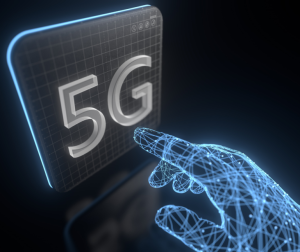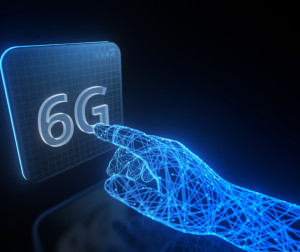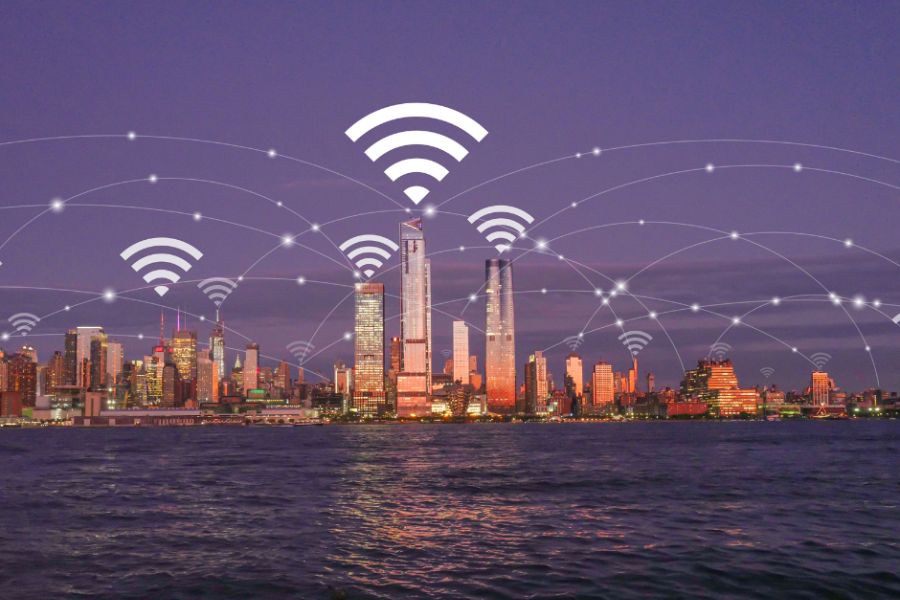The world is changing rapidly. These days, people are more dependent on technology than ever before. The hottest topic of discussion currently among tech geeks is the fifth generation of mobile standards or 5G, which is quickly being implemented in several locations across the world. It’s hard to think of a technology that has more strongly shaped 21st-century living. The extent of 5G technology’s scope raises an obvious question: what factors will drive the development of the sixth generation of mobile technology? How will 6G differ from 5G? What kind of avenues could 6G open that are not possible with 5G?
The world has barely started using 5G, the latest generation of wireless connectivity, but China is already looking ahead. Regardless, 5G is a significant advancement on the previous 4G standards. The first 5G networks already offer download speeds of up to 600 Megabits/second and have the potential to get significantly faster. By contrast, 4G generally operated at up to 28 Megabits/second.
5G Technology

5G is the fifth generation of mobile networking technology that aims to provide faster and more reliable wireless communication for a wide range of applications, including smartphones, tablets, and IoT (Internet of Things) devices. It is designed to offer several benefits over previous generations of mobile technology.
With 5G, there could be approximately 90% reduction in power consumption for devices which may seem negligible at the smartphone level. But, from an infrastructure perspective, especially for IoT devices, the power savings could be significant.
Moreover, security is always a concern for mobile phones and IoT devices, especially because the latter exists on the edge of the corporate network. With 5G, it is possible to implement stronger security than 4G LTE with auxiliary technology, including hardware security modules, key management services, Over-the-air programming, Secure Element, and more.
6G Technology:

The sixth-generation wireless communications system is the successor to 5G cellular technology. 6G technology is the next generation of wireless communication technology that is currently being developed. It is expected to offer a wide range of new capabilities and improvements over 5G, including higher speeds, lower latency, and increased capacity.
Some of the key features and technologies that are expected to be included in 6G
-
Terahertz (THz) Frequencies:
6G could be used to make use of extremely high frequency bands, such as the THz band, which can provide very high data rates but are also very difficult to use due to their limited range and sensitivity to atmospheric conditions.
-
Advanced Multiple-Input Multiple-Output (MIMO) Techniques:
6G is expected to use advanced MIMO techniques, such as massive MIMO and intelligent reflecting surfaces, to improve coverage, capacity, and energy efficiency.
-
Network Slicing:
It is expected to support network slicing, which allows different parts of the network to be dynamically allocated to different users or applications, depending on their requirements.
-
Artificial Intelligence (AI) and Machine Learning (ML):
6G can potentially make use of AI and ML to enable intelligent and autonomous networks that can self-configure and self-optimize in real-time.
-
Internet of Things (IoT) and Smart Cities:
6G is expected to support a wide range of IoT applications, such as smart cities, connected cars, and industrial automation, which will require low latency, high reliability, and secure communication.
-
Enhanced Mobile Broadband (eMBB):
6G would be capable of supporting enhanced mobile broadband (eMBB) services, which will provide very high data rates and ultra-low latency for applications such as virtual reality (VR) and augmented reality (AR).
-
Beyond mobile:
6G is expected to go beyond just mobile communication and support a wide range of other applications, such as satellite communication, fixed wireless access, and wireless backhaul.
Future Scope of 5G & 6G:
5G and 6G are the next generations of wireless communication technology, and they are expected to have a wide range of applications and play a significant role in shaping the future of communication and networking. Some of the potential future scope of 5G and 6G technology includes:
-
Enhanced mobile broadband (eMBB):
Both 5G and 6G are expected to support enhanced mobile broadband (eMBB) services, which will provide very high data rates and ultra-low latency for applications such as virtual reality (VR) and augmented reality (AR).
-
Internet of things (IoT) and smart cities:
Both 5G and 6G are expected to support a wide range of IoT applications, such as smart cities, connected cars, and industrial automation, which will require low latency, high reliability, and secure communication.
-
Satellite communication:
Both 5G and 6G are expected to support satellite communication, which will enable high-speed connectivity in remote or underserved areas.
-
Fixed wireless access:
Both 5G and 6G are expected to support fixed wireless access (FWA), which will allow users to connect to the internet wirelessly from their homes or businesses.
-
Wireless backhaul:
Both 5G and 6G are expected to support wireless backhaul, which will enable the connection of wireless networks to the internet or other networks using wireless technologies.
-
5G and 6G integration:
It is expected that 6G will work in conjunction with 5G and other wireless technologies, enabling a seamless and integrated communication experience for users.
Here are some important points about 5G and 6G wireless technology:
1. 5G and 6G are expected to offer higher speeds, lower latency, and increased capacity compared to previous generations.
2. 5G and 6G are expected to support a wide range of new applications and services, including enhanced mobile broadband (eMBB), the Internet of Things (IoT), and smart cities.
3. 5G and 6G are expected to make use of advanced technologies such as multiple-input multiple-output (MIMO), network slicing, and artificial intelligence (AI) to improve performance and enable new capabilities.
4. 5G and 6G are expected to operate in a wide range of frequency bands, including low, mid, and high bands, as well as the terahertz (THz) band for 6G.
5. 5G and 6G are expected to have a significant impact on many aspects of our lives and the way we communicate and connect with each other.
6. 5G and 6G are still in the early stages of development, and their full capabilities and potential are not yet fully understood.
References:
Videos Links:
Documents Links:
○ https://en.wikipedia.org/wiki/6G_(network)
○ https://www.highspeedinternet.com/resources/6g-internet





